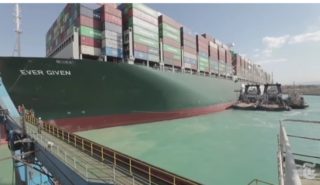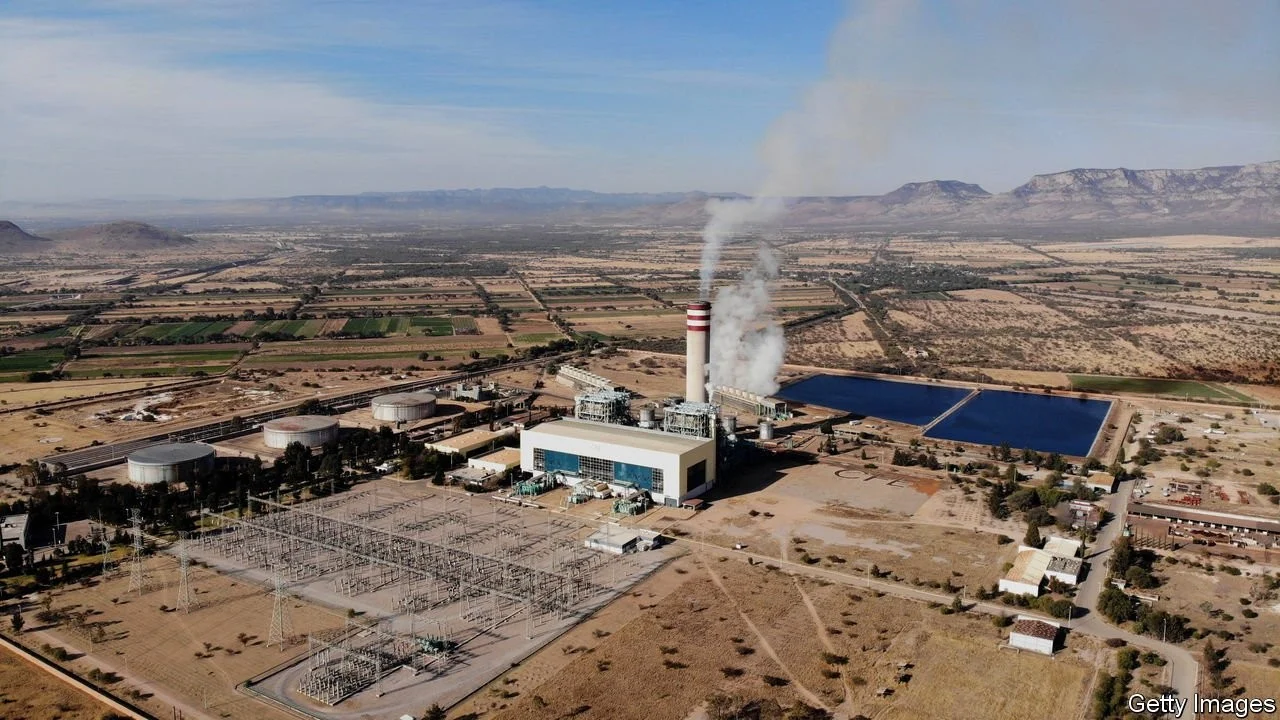From the outset, when winds of more than 70 miles per hour whipped up the sands surrounding the Suez Canal into a blinding storm and the Ever Given ran aground, the forces of nature have played an outsize role in the drama that has disrupted the free flow of goods and oil around the planet.
Since the 1,300-foot cargo ship laden with nearly 20,000 containers found itself wedged in the single lane of the canal, salvage teams have had to calculate complicated questions regarding not just engineering and physics, but also meteorology and earth science.
And no natural phenomenon has been as critical as the tides.
“The rising and falling of the sea is a phenomenon upon which we can always depend,” according to the National Ocean Service, which is part of the U.S. National Oceanic and Atmospheric Administration. “Tides are the regular rise and fall of the sea surface caused by the gravitational pull of the moon and sun and their position relative to the earth.”
The tides are constant, but they can rise higher and fall lower depending on the location of the sun and moon.
When the sun and moon are in alignment — as was the case with the full moon on Sunday — their combined gravitational pull results in exceptionally high tides, known as Spring Tides.
That is the case at the moment in the Suez, with water levels rising some 18 inches above normal.
High tides occur 12 hours and 25 minutes apart, according to NOAA. It takes six hours and 12.5 minutes for the water at the shore to go from high to low, or from low to high.
This is the window for salvage crews to free the Ever Given. Each time the tide rises, the 220,000-ton vessel stood a better chance of becoming buoyant, and the scores of tugboats used the tidal forces to help them in their struggle to free the ship.
But every time the tide fell, new stresses were put on the hull of the ship and the dangers increased.
The tidal flows in the Suez were at their peak Sunday and Monday, meaning it was a critical moment to finally free the ship
And by early afternoon, they had succeeded, with the ship once again fully afloat.
— Marc Santora/The New York Times





